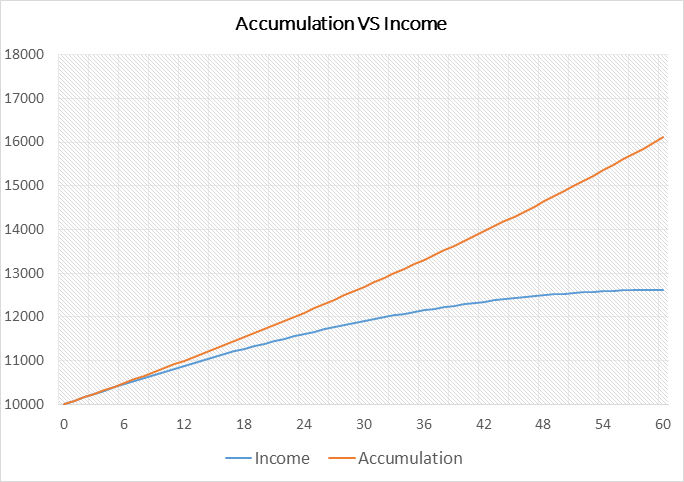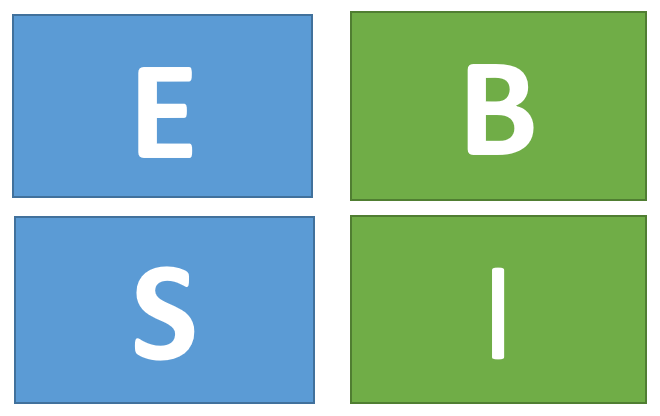Is peer-to-peer lending safe for income investors?
Anyone who has borrowed to buy a car or a taken out a home mortgage is familiar with the basics of how a loan works.
In a nutshell, borrowers ask for money, and lenders decide how likely it is that they will see that money back. If repayment is unlikely, those lenders charge a high rate of interest to offset that risk, and if the borrower is trustworthy they charge a lower rate of interest to win the business from competing banks.
But loans aren’t just ways to buy things. They can also be powerful ways to invest for income.
For instance, bonds are essentially a debt that’s owed by a corporation or a government to investors. A 10-year U.S. Treasury bond is a 10-year loan to Uncle Sam, and at current rates the government will pay you about 2.3 percent annually in interest – along with repaying your initial loan in full at the end of a decade.
That’s not just a nice way to grow your money, but a safe one, too.
In a digital age, debt markets have become more accessible for both investors and borrowers alike. Consumers can easily compare dozens of loans on the internet, investors can research and purchase a wide variety of bonds with a click of their mouse and more competition drives down the costs of a loan for well-qualified borrowers.
Another interesting development in debt markets has been the rise of peer-to-peer lending.
Peer-to-peer lending went mainstream about 10 years ago, with the launch of Prosper and Lending Club as two of the first large U.S. portals for so-called P2P loans. The idea was simple: an individual borrower makes their case for why you should give them money, and regular consumers can decide if it’s worth putting up the money.
It may sound like a scam to the skeptical or to the risk-averse. But remarkably, it worked in many cases – and continues to work today.
A common example is someone who has $5,000 in credit card debt with a 20 percent annual interest rate, who is asking the P2P community to lend them $5,000 at 8 percent or 10 percent. Everyone wins in that scenario, with the borrower paying less to their credit card company and the internet lender getting a nice return on their investment.
The downside, of course, is that investors who purchase debt via bonds from brick-and-mortar corporations have a much easier time of knowing what they’re getting in to. On a peer-to-peer lending site, doing your due diligence is much harder.
So how do you know if peer-to-peer lending is right for you?
Well, for starters you need to assess your risk profile. The potential for 8 percent or 15 percent annual returns is nice, but there is a very real case your money is just walking out the door. So never consider P2P lending if you can’t afford to lose a big chunk of that principal.
If peer-to-peer lending is still an option you’re interested in, then find a major peer-to-peer lender that is transparent about its process and track record. That doesn’t make your investment in P2P loans via these sites a sure thing by any stretch, but can help mitigate some of the risks of default.
Lastly, always consider the importance of diversification. If you want to invest in peer-to-peer lending then make sure it’s only a limited part of your portfolio. And rather than dish out $10,000 in loans to one person on a P2P portal, consider 100 smaller loans of $100 a piece so you don’t get hit as hard in the event of default.



